
With their distinctive armored shells, Armadillos are fascinating mammals that thrive in various habitats. However, despite their natural defenses, they face numerous threats from predators in the wild. This article explores the predators of armadillos, their survival strategies, and how humans can ensure these creatures coexist peacefully in their ecosystems.
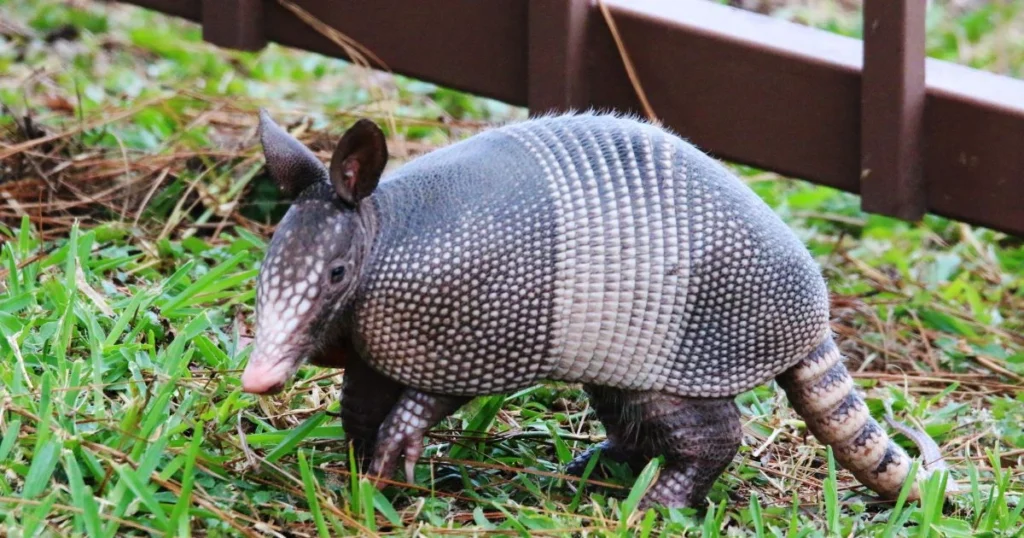
Armadillos are well-known for their protective shells, which are a primary defense mechanism against predators. The nine-banded armadillo, for example, curls into a tight ball when threatened, making it difficult for predators to penetrate its armor. However, their shells are not impervious, leaving them vulnerable to certain attacks.
In addition to their shells, armadillos rely on their burrowing abilities to evade predators. They dig deep into the ground to create shelters, which serve as nesting sites and hiding spots. Their speed and sharp claws also help them escape immediate danger.
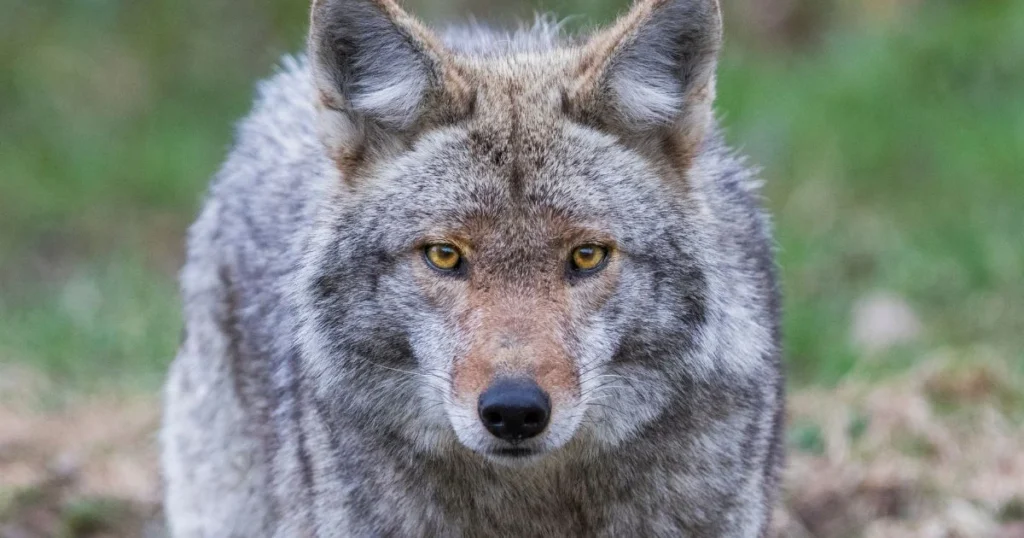
Despite their defenses, armadillos are hunted by various predators in the wild. Understanding these threats can help us appreciate the delicate balance in their ecosystems.
Coyotes are one of the most significant predators of armadillos. These opportunistic hunters use their agility and keen sense of smell to locate and attack armadillos, particularly when the animals are foraging.
Bobcats, known for their stealth and power, often target armadillos. Their sharp claws and strong jaws make them formidable predators, capable of overpowering an armadillo despite its protective shell.
While adult armadillos are generally too large for birds of prey, juvenile armadillos are at risk. Hawks and eagles can swoop to capture young armadillos, taking advantage of their smaller size and weaker defenses.
In regions where wolves are present, they pose a significant threat to armadillos. Wolves often hunt in packs, allowing them to outmaneuver and overwhelm their prey.
Alligators can prey on armadillos that venture too close to the water's edge in areas near water bodies. Their powerful jaws can crush even the toughest shells.
Domestic dogs are a growing threat to armadillos in suburban and rural areas. Dogs may chase or attack them out of curiosity or aggression, often leading to injury or death for the armadillo.
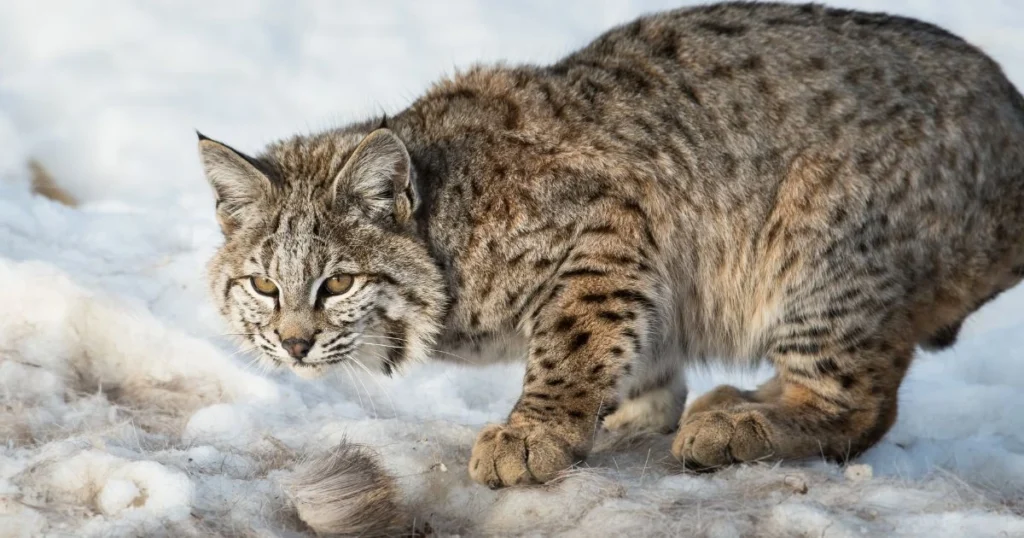
While natural predators regulate armadillo populations, human activity, and environmental factors pose significant threats. Habitat destruction, road traffic, and hunting are major contributors to armadillo mortality.
Deforestation and urbanization reduce the availability of suitable habitats for armadillos. This forces them closer to humans, increasing their vulnerability to predators and accidents.
Armadillos are often hit by vehicles while crossing roads, particularly at night when they are most active. Their slow movement and poor eyesight make them susceptible to traffic-related fatalities.
In some regions, armadillos are hunted for their meat or shells. While this is less common in modern times, it remains a localized threat to certain populations.
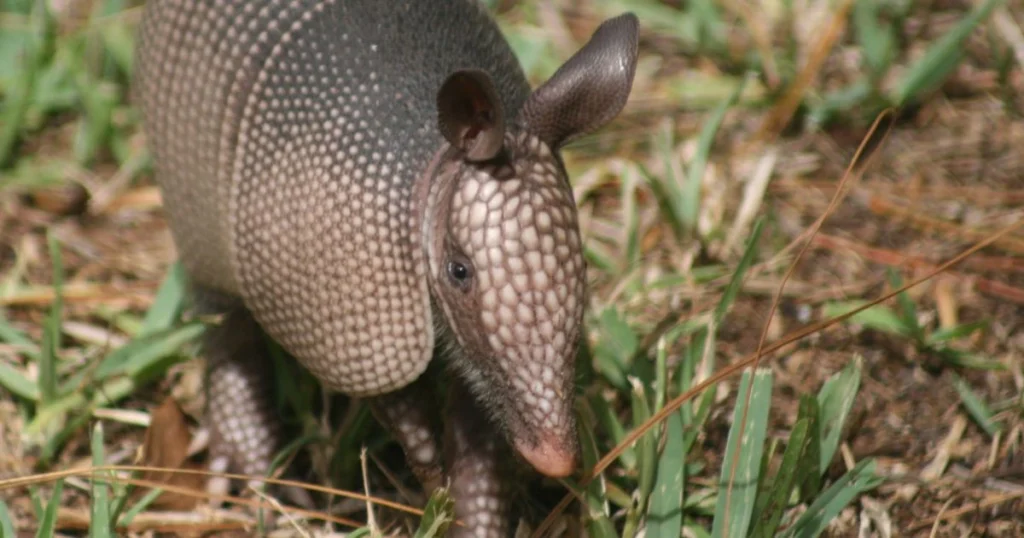
Armadillos play a vital role in their ecosystems, particularly through their burrowing behavior. By creating burrows, they aerate the soil, improve drainage, and provide shelter for other animals. They also help control insect populations, as their diet primarily consists of insects, grubs, and other invertebrates.
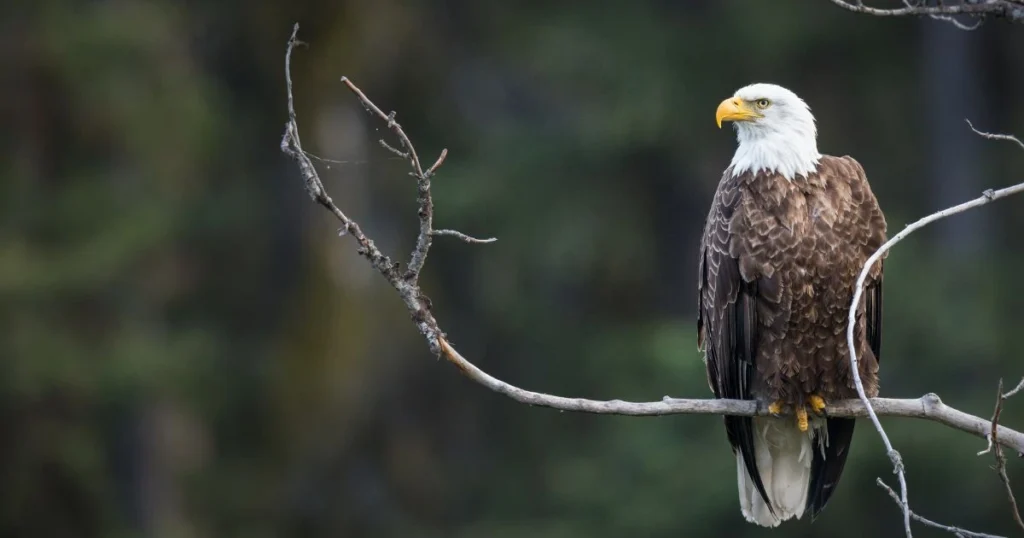
Protecting armadillos from predators and environmental threats is essential for maintaining healthy populations. Here are some strategies to consider:
Conservation efforts should focus on protecting armadillos' natural habitats. Preserving forests, grasslands, and wetlands can ensure they have safe spaces to live and forage.
Installing wildlife crossings or speed reduction zones in areas with high armadillo populations can significantly reduce roadkill incidents. These measures also benefit other wildlife species.
Educating local communities about the ecological importance of armadillos can help reduce hunting practices. Laws and regulations protecting armadillos should be enforced where applicable.
Pet owners in armadillo habitats should supervise their dogs and ensure they do not harm these animals. Training and controlled environments can prevent unnecessary attacks.
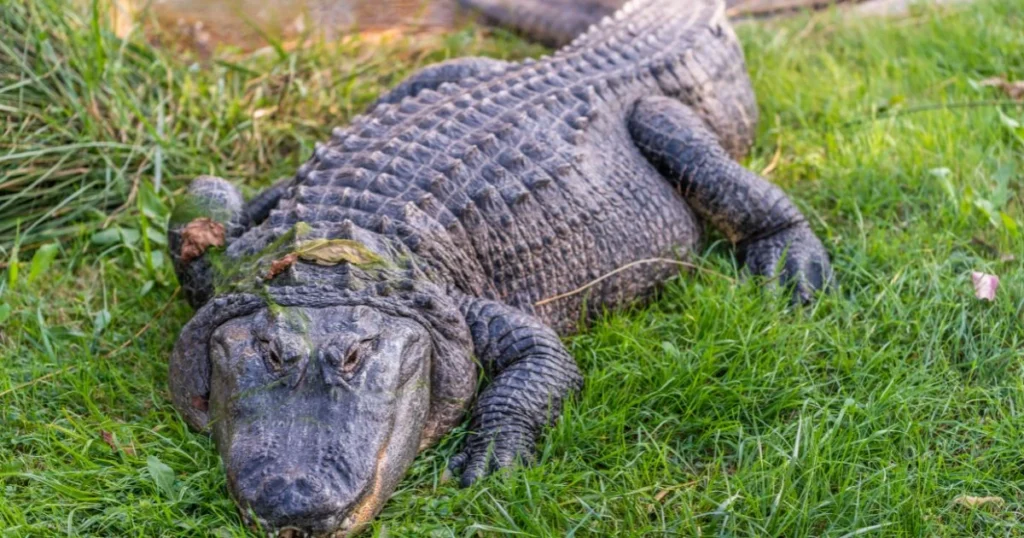
If you notice armadillos digging up your yard or creating burrows near your property, it may be time to call in wildlife control professionals. While armadillos are generally harmless, their burrowing behavior can cause structural damage to lawns, gardens, and foundations.
Critter Stop is here to help. With years of experience in humane wildlife removal, Critter Stop provides effective solutions to address armadillo-related issues. Their team ensures safe and ethical practices to protect the animals and your property.
If armadillos or other wildlife are causing issues on your property, don't hesitate to contact Critter Stop at (214) 234-2616. They offer free inspections and personalized solutions to address your concerns. With a fantastic reputation and outstanding customer reviews, Critter Stop is known for providing high-quality work and exceptional service. Protect your property and ensure the well-being of local wildlife with Critter Stop!
Armadillos are fascinating creatures often surrounded by curiosity and misconceptions. Below, we answer frequently asked questions to help you understand these unique animals' place in the ecosystem.
Armadillos face threats from predators like coyotes, foxes, wild cats, and large birds of prey such as hawks and eagles. These predators are skilled hunters who target armadillos despite their protective armor. Human activities, such as habitat destruction, can also make armadillos more vulnerable to predation.
No, armadillos are not reptiles. They are mammals belonging to the family Dasypodidae. Armadillos are warm-blooded, have hair, and give live birth, which are all key mammalian traits. Their leathery armor might cause confusion, but it is unique to mammals.
Armadillos are not considered predators. They are omnivorous, with a diet primarily consisting of insects, small invertebrates, fruits, and plants. Their strong digging abilities help them forage for food like grubs and ants rather than hunt live prey.
Armadillos rely on their hard, bony shell as their primary defense mechanism. Like the three-banded armadillo, some species can curl into a tight ball to protect their vulnerable undersides. Others dig burrows quickly to escape threats or rely on speed to flee predators.
Yes, indirectly. While humans don’t typically hunt armadillos for food or sport, human activities such as deforestation, urbanization, and vehicle collisions significantly threaten their populations. In some areas, they are hunted for their meat or as pests.
Large snakes, such as pythons or anacondas, may occasionally prey on armadillos, but this is uncommon. Armadillos’ armor makes them less appealing targets for snakes, which prefer softer-bodied prey. Their burrows, however, can sometimes be invaded by snakes seeking shelter.
Armadillos serve as both prey and ecosystem contributors. While predators feed on them, armadillos help control insect populations by consuming pests like termites and ants. Their digging also aerates the soil, benefiting plant growth and other wildlife.
Armadillos pose little to no threat to other animals. They are shy, solitary creatures that focus on foraging rather than interacting with other species. Their diet rarely overlaps with that of other animals, minimizing competition.
Armadillos play a crucial ecological role by managing insect populations and enriching soil through their digging behavior. Their burrows provide shelter for other species, including reptiles and small mammals. By supporting biodiversity, armadillos contribute to a balanced ecosystem.
Visit our Critter Library and learn more about our furry friends